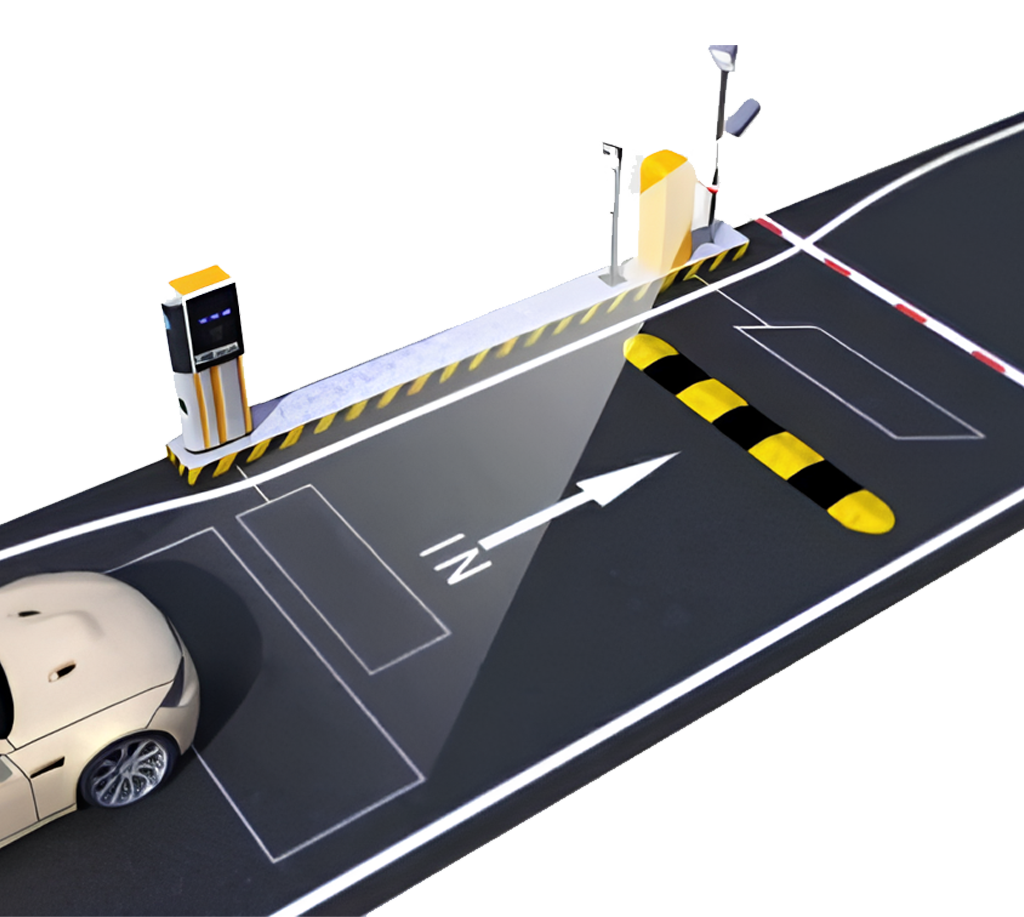License Plate Recognition (LPR) is an intelligent image processing technology that automatically detects and identifies vehicle license plates. Powered by high-speed cameras and Optical Character Recognition (OCR), Automated License Plate Readers (ALPRs) are capable of processing plate numbers far more efficiently than human operators or standard surveillance cameras.
How ALPR Technology Works
1. Image Capture
ALPR cameras are installed on fixed structures—like poles, gates, or bridges—or mounted on moving vehicles such as patrol cars. These cameras continuously capture images of passing vehicles.
2. Plate Recognition
Captured images are processed using OCR to extract the alphanumeric data from the license plate.
| 3. Database Matching The extracted plate number is then compared with preloaded databases. These databases may include stolen vehicle records, active warrants, or any watchlist deemed necessary. |
 |
4. Automated Response
If a match is found, the system can automatically trigger predefined actions—such as alerting law enforcement, opening a gate, or recording an incident.
5. Data Logging
Every scan is logged with a timestamp and GPS location. This data can be archived for future investigations or audits.
6. Insights & Analytics
Advanced ALPR platforms go beyond simple recognition—they offer analytics that help identify patterns in vehicle movement, traffic density, or suspicious activity.
Types of ALPR Cameras
- Fixed ALPR Cameras: Installed in specific locations for continuous monitoring.
- Mobile ALPR Cameras: Mounted on police vehicles or patrol units, capturing data on the move.
Where ALPR is Commonly Used
ALPR technology supports a wide range of industries and public services:
- Parking lot and garage management
- Highway toll collection
- Gated community and facility access control
- Traffic law enforcement
- Public safety and threat detection
- Vehicle tracking in criminal investigations
Data Privacy & Legal Considerations
While ALPR plays a critical role in modern law enforcement and traffic management, it also raises valid privacy concerns. The ability to track individuals’ movements without their consent has led to growing debates and new legislative efforts aimed at regulating how long data is stored, who can access it, and for what purposes.